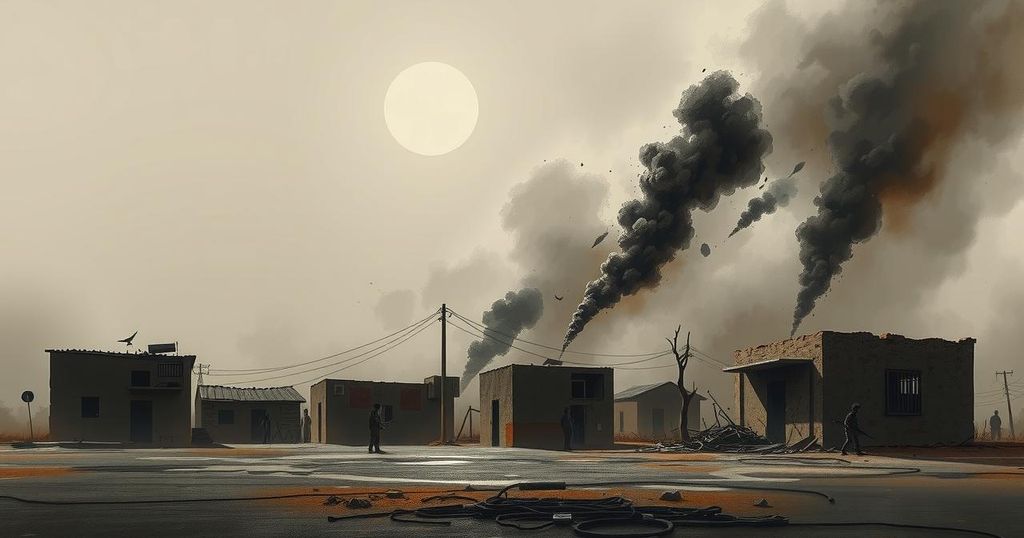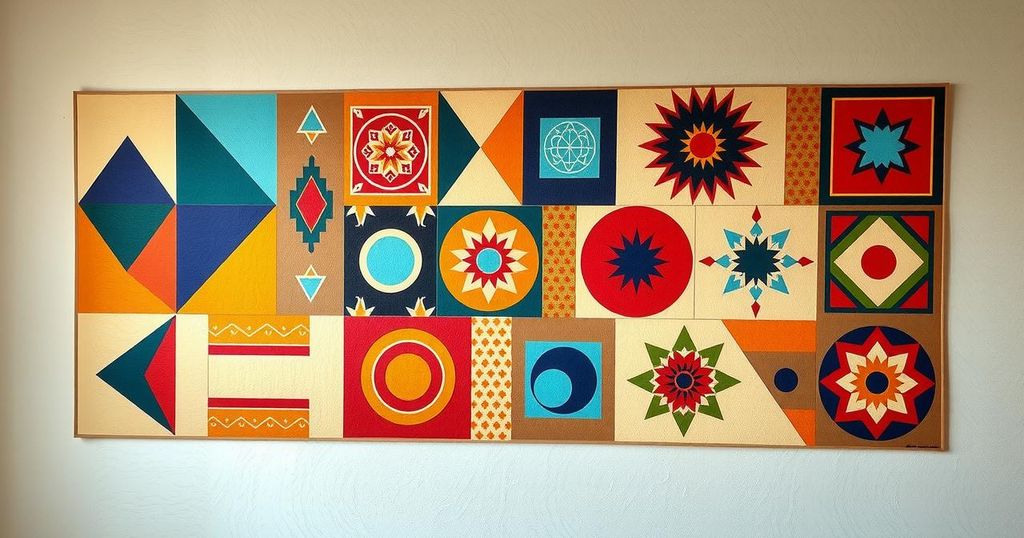Global news
AFRICA, ASIA, BJARTE ANDERSEN, CHRISTINA BARTULEC, CIVIL WAR, CONFLICT, CUBA, DISPLACEMENT, DOCTORS, DOCTORS WITHOUT BORDERS, DONALD TRUMP, FANGAK, HUMANITARIAN, HUMANITARIAN CRISIS, ICRC, INTERNATIONAL COMMITTEE FOR THE RED CROSS, JONGLEI, MAKUACH, NORTH AMERICA, SOUTH SUDAN, SUPREME COURT, U. N, VIETNAM, WIYUACH MAKUACH
Jamal Walker
0 Comments
Civilian Casualties Mount in South Sudan Amid Fighting Between Army and Local Militias
Civilian casualties in South Sudan are mounting, particularly after airstrikes have injured and killed many. Victims include women and children, with reports of heightened violence as military clashes continue between the army and local militias. There’s growing concern over the humanitarian crisis as medical access is severely limited.
Wiyuach Makuach, 60, recounted a harrowing experience at a hospital near the South Sudan-Ethiopia border, revealing the weight of civilian casualties as fighting continues. During an airstrike on May 3, she lost her arm while visiting her son in Fangak for tuberculosis treatment. “Everything was on fire,” she recalled from her hospital bed in Akobo, explaining how she desperately tried to protect herself. This tragic event is part of a larger series of airstrikes that aid groups report have been killing and injuring civilians amidst escalating violence.
As government forces clash with local militias, Makuach is just one of dozens affected. The South Sudan army contends that its strikes are aimed at combatants. However, they have not addressed the rising number of civilian deaths. Another casualty, Gatkuoth Wie, shared how he felt compelled to fight back after being displaced by army actions. Unrest in the country has spurred UN warnings, indicating the potential for another civil war.
Amid this chaos, U.S. actions are complicating matters, as the Trump administration tries to deport convicts from the U.S. back to South Sudan, a situation that has led to legal disputes up to the Supreme Court level. In Akobo, many of the wounded are brought to a temporary surgical response station set up by the International Committee for the Red Cross (ICRC), amid growing difficulties to transport critically injured patients.
Dr. Bjarte Andersen from ICRC is on the front lines, stating the severe transportation impediments result in tragic circumstances: “We know of one person who has died waiting for transportation,” he revealed. Christina Bartulec, who manages ICRC’s medical operations at the site, echoed these concerns, stating that some critically injured patients cannot be moved. Most brought to the facility are young men engaged in conflict, yet increasingly, women and children are among the casualties.
Fifteen-year-old Kuaynin Bol is among the latest victims, having sustained multiple serious injuries from a blast while sleeping at home, requiring several operations. Tensions that had simmered between the government and opposition groups became explosive in March with the attack on a military facility by the White Army militia. This resulted in the arrest of Vice President Riek Machar and escalated the violence, leading to military operations by the government and support from Ugandan forces.
Reports indicate that many remote areas are inaccessible for medical workers, causing unverified but possibly higher civilian death tolls. A recent bombardment in Wichmon reportedly killed 12, including eight children. The government of South Sudan has remained quiet, with Army spokesman General Lul Ruai Koang refusing to comment on the ongoing military operations.
As violence spreads across primary regions like Greater Upper Nile—a section already strained by severe weather and food shortages—the situation worsens for civilians. William Nyuon, a local resident, described the anxiety of those affected, saying, “The people here are moving all the time, just during the night,” due to fears of further bombings.
The situation in South Sudan remains dire as civilian casualties rise amid ongoing military clashes. Reports underline the increasing number of injured civilians, notably women and children, as the conflict grows in intensity and scope. The actions taken by government forces and the lack of accountability for strikes raise pressing humanitarian concerns. With access to medical help hindered, the future for many in these affected areas appears increasingly bleak as fighting shows no signs of abating.
Original Source: www.ivpressonline.com




Post Comment